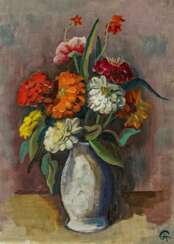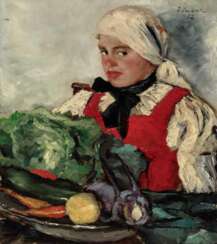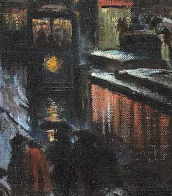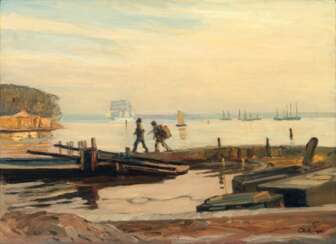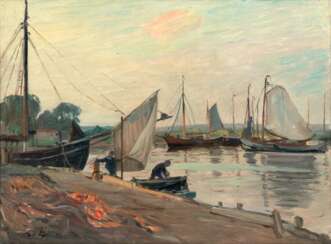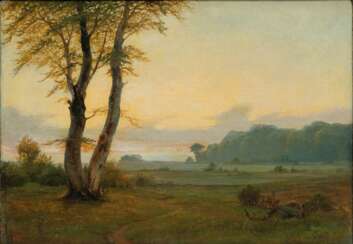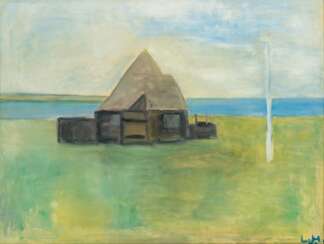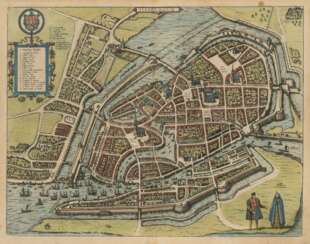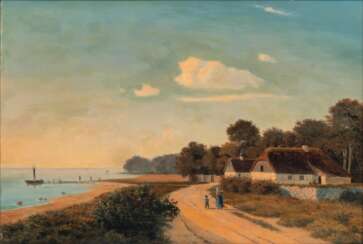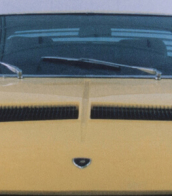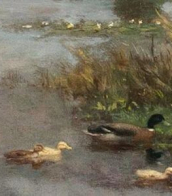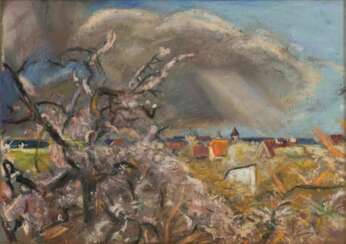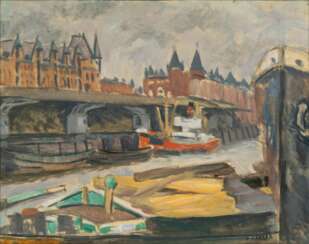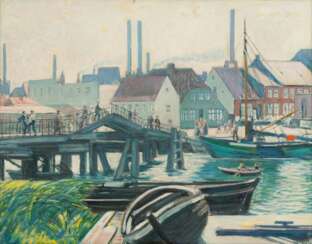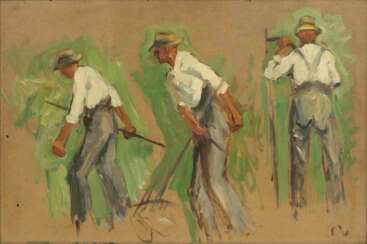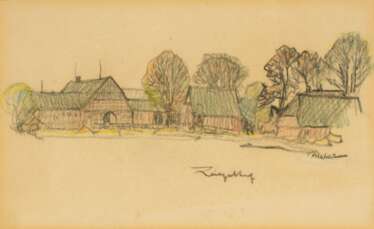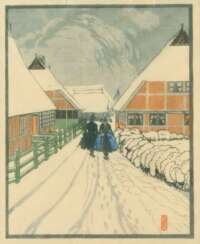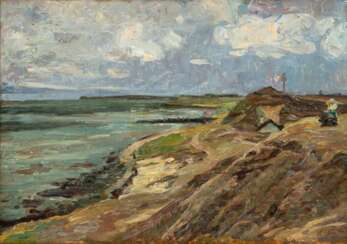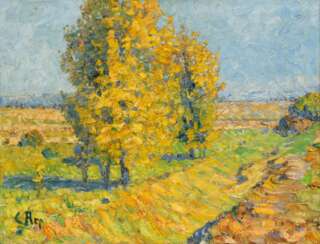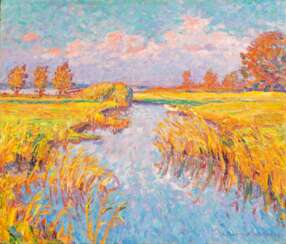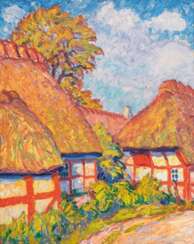kunst zwischen tradition und moderne
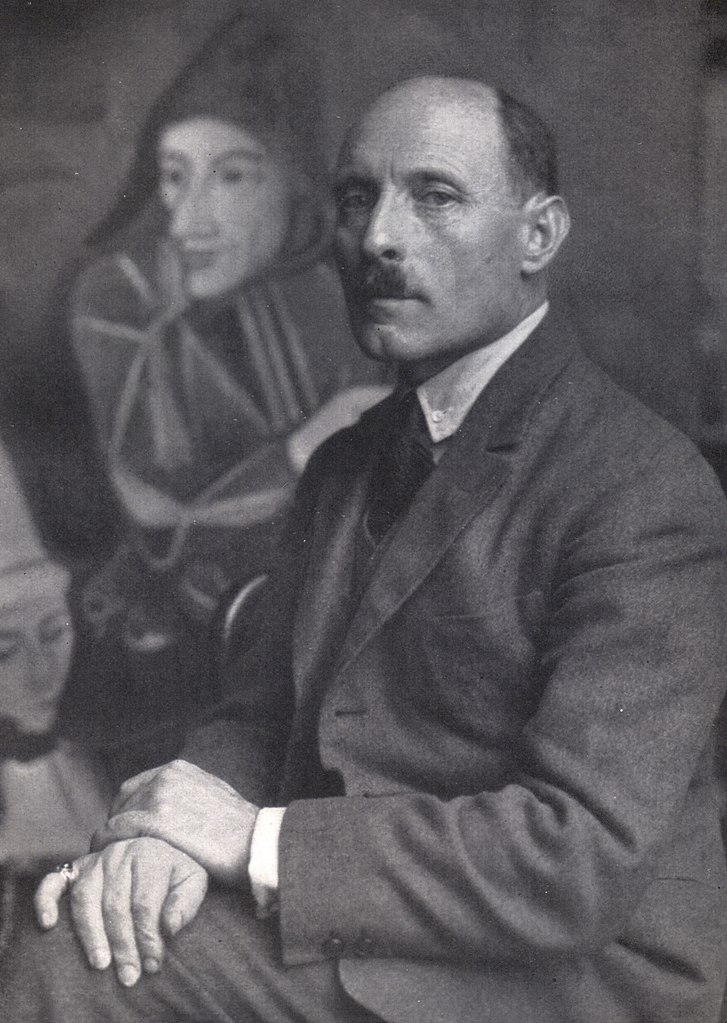
Karl Hofer was a German expressionist painter. He was director of the Berlin Academy of Fine Arts.
One of the most prominent painters of expressionism, he never was a member of one of the expressionist painting groups, like "Die Brücke", but was influenced by their painters. His work was among those considered degenerate art by the Nazis, but after World War II he regained recognition as one of the leading German painters.


Paul Mathias Padua was a German painter. He felt committed to the tradition of Wilhelm Leibl, a realist who was highly esteemed by Adolf Hitler, and was extremely successful as an artist during the National Socialist era.
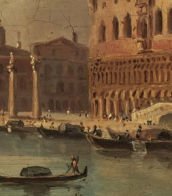
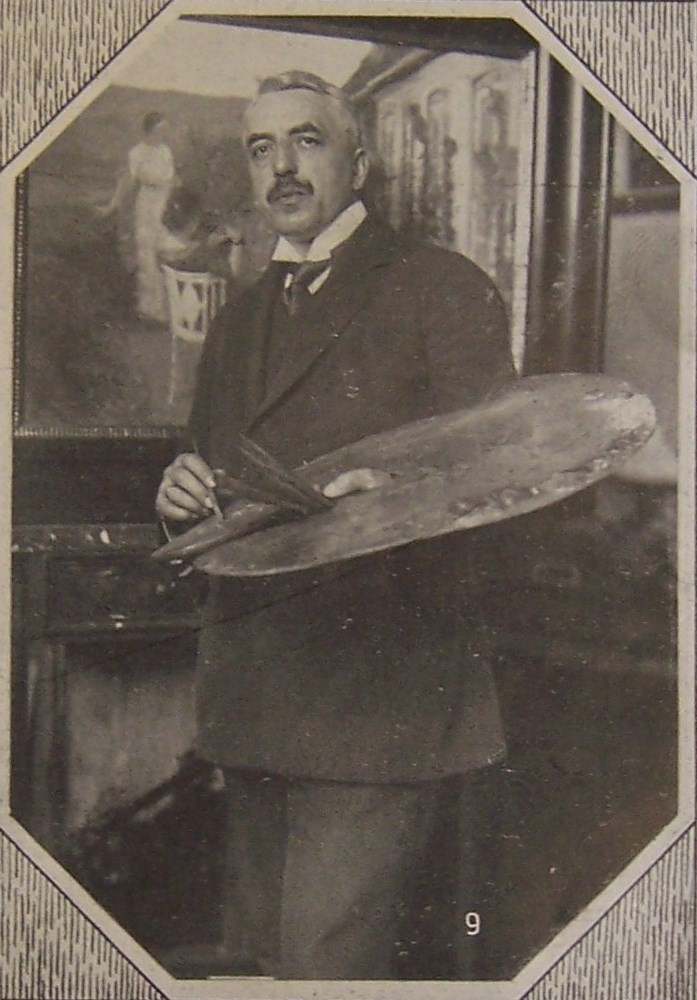
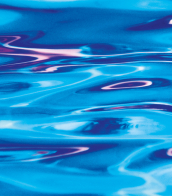


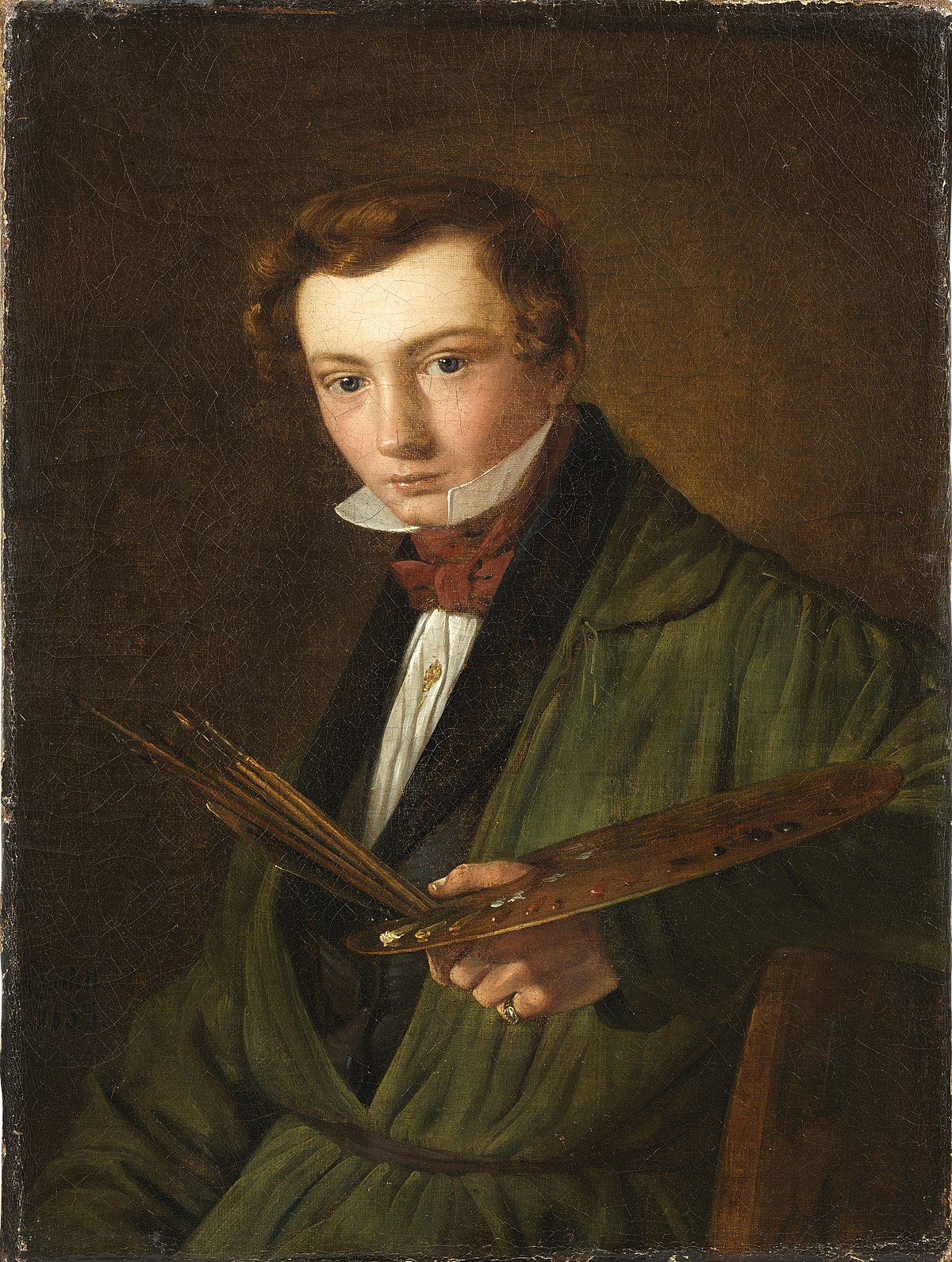
Heinrich Louis Theodor Gurlitt was a German and Danish painter of the second half of the 19th century. He is known as a Romantic landscape painter, a representative of the Hamburg and Düsseldorf schools.
Louis Gurlitt created canvases that are now part of the Royal Danish collection of paintings. Among his famous works are "Landscape near Salzburg", "Monte Pellegrino", "Ieranto Bay with Fishermen" and "Northern Italian Landscape". His works have been exhibited at the auctions "19th Century Painting" and "19th Century European Painting", and the painting "Norwegian Landscape" was sold in 2012 at Sotheby's London for $22,174.


Heinrich Louis Theodor Gurlitt was a German and Danish painter of the second half of the 19th century. He is known as a Romantic landscape painter, a representative of the Hamburg and Düsseldorf schools.
Louis Gurlitt created canvases that are now part of the Royal Danish collection of paintings. Among his famous works are "Landscape near Salzburg", "Monte Pellegrino", "Ieranto Bay with Fishermen" and "Northern Italian Landscape". His works have been exhibited at the auctions "19th Century Painting" and "19th Century European Painting", and the painting "Norwegian Landscape" was sold in 2012 at Sotheby's London for $22,174.

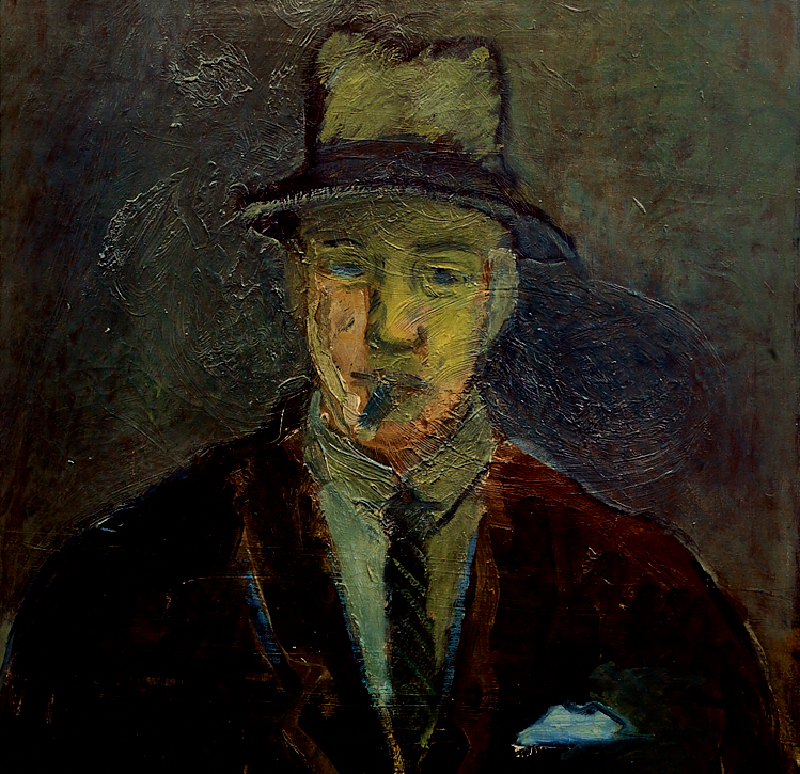
Lauritz Berg Hartz was a Danish artist, considered to be one of the country's finest colourists.

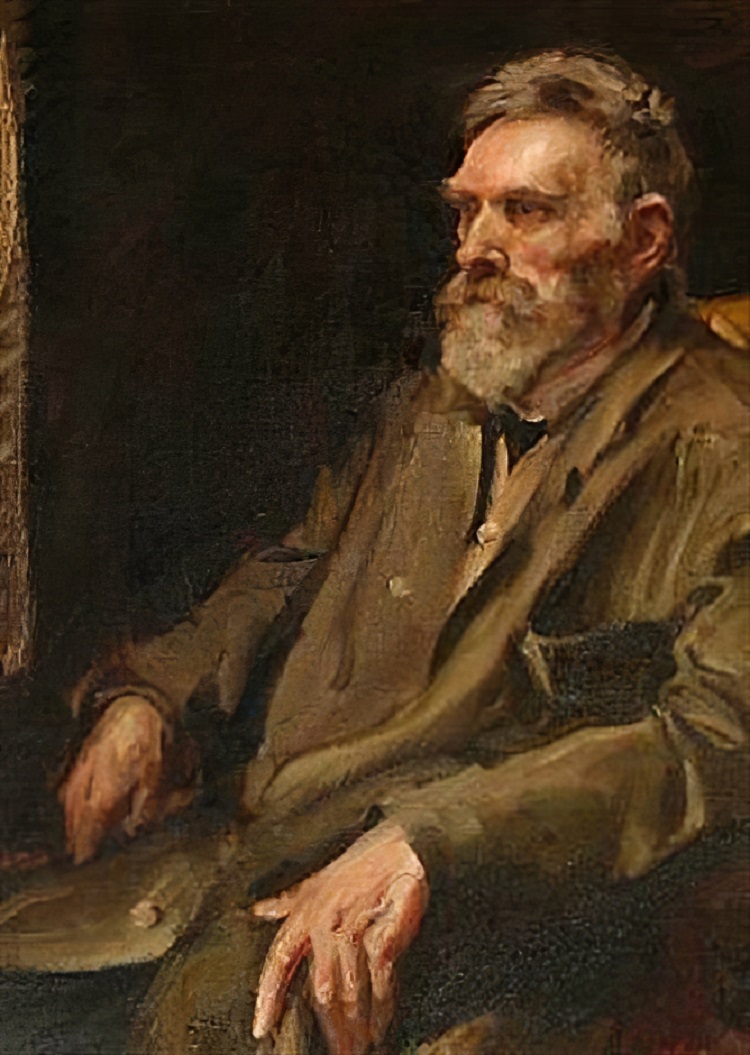
Anders Andersen-Lundby was a Danish landscape painter. He was most associated with winter landscapes.

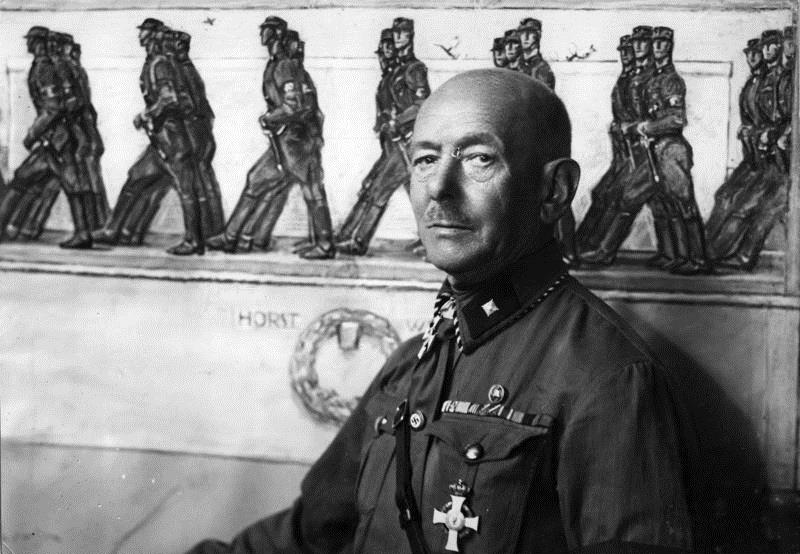
Ludwig Julius Christian Dettmann was a German artist of the late 19th century and the first half of the 20th century. He is known as one of the leading representatives of the Secession in Germany.
Dettmann began his career as an illustrator and in 1895 became a professor at the Berlin Academy of Arts. He then switched to landscape painting, worked in oil and watercolor techniques and became one of the first Impressionists in Germany. In 1898 the artist joined the Association of German Free Artists and co-founded the Berlin Secession. In 1900 Dettmann became director of the Königsberg Academy of Arts and promoted the development of the Nida colony of landscape artists on the Curonian Spit.


Ludwig Julius Christian Dettmann was a German artist of the late 19th century and the first half of the 20th century. He is known as one of the leading representatives of the Secession in Germany.
Dettmann began his career as an illustrator and in 1895 became a professor at the Berlin Academy of Arts. He then switched to landscape painting, worked in oil and watercolor techniques and became one of the first Impressionists in Germany. In 1898 the artist joined the Association of German Free Artists and co-founded the Berlin Secession. In 1900 Dettmann became director of the Königsberg Academy of Arts and promoted the development of the Nida colony of landscape artists on the Curonian Spit.


Ludwig Julius Christian Dettmann was a German artist of the late 19th century and the first half of the 20th century. He is known as one of the leading representatives of the Secession in Germany.
Dettmann began his career as an illustrator and in 1895 became a professor at the Berlin Academy of Arts. He then switched to landscape painting, worked in oil and watercolor techniques and became one of the first Impressionists in Germany. In 1898 the artist joined the Association of German Free Artists and co-founded the Berlin Secession. In 1900 Dettmann became director of the Königsberg Academy of Arts and promoted the development of the Nida colony of landscape artists on the Curonian Spit.

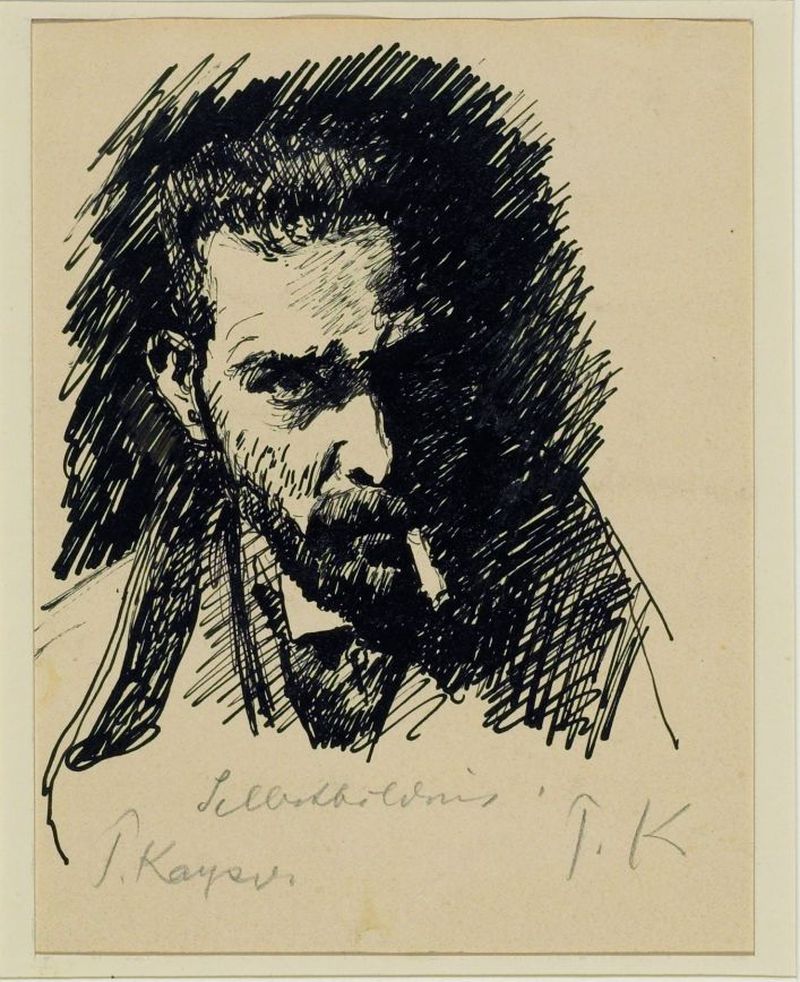
Paul Kayser was a German painter and graphic artist. After training as a painter-decorator, Kayser attended the Schools of Applied Art in Munich and Dresden.
Paul Kayser was a founding member of the Hamburg Artists' Club 1897 and the Hamburg Secession, and a member of the Hamburg Artists' Association and the Altona Artists' Association. His style was decisively influenced by Albert Marquet, whom Kaiser met in 1909.
In 1937, Kaiser's still life was confiscated from the museum in Husum as part of the Nazi "Degenerate Art" campaign.

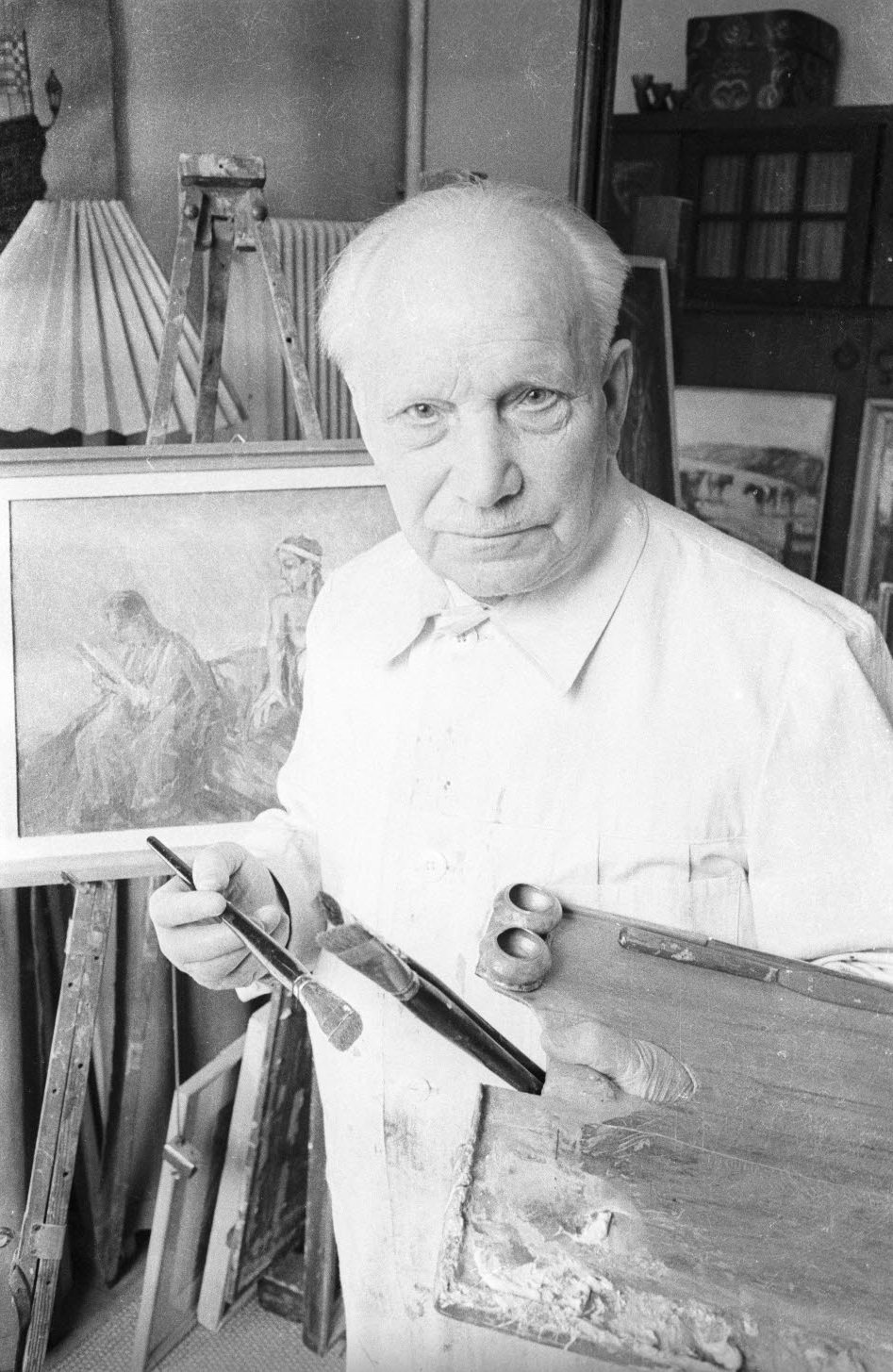
Friedrich Mißfeldt was a German impressionist painter and university lecturer.


Friedrich Mißfeldt was a German impressionist painter and university lecturer.


Friedrich Mißfeldt was a German impressionist painter and university lecturer.

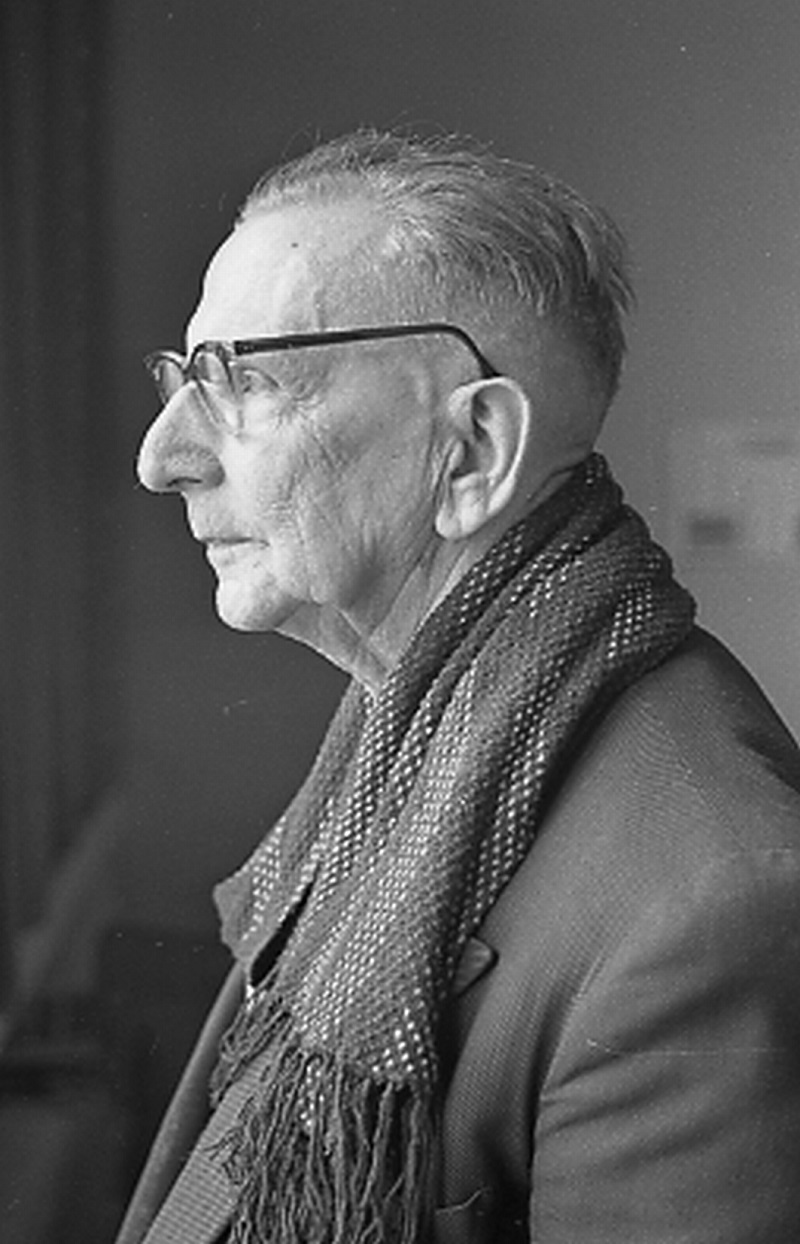



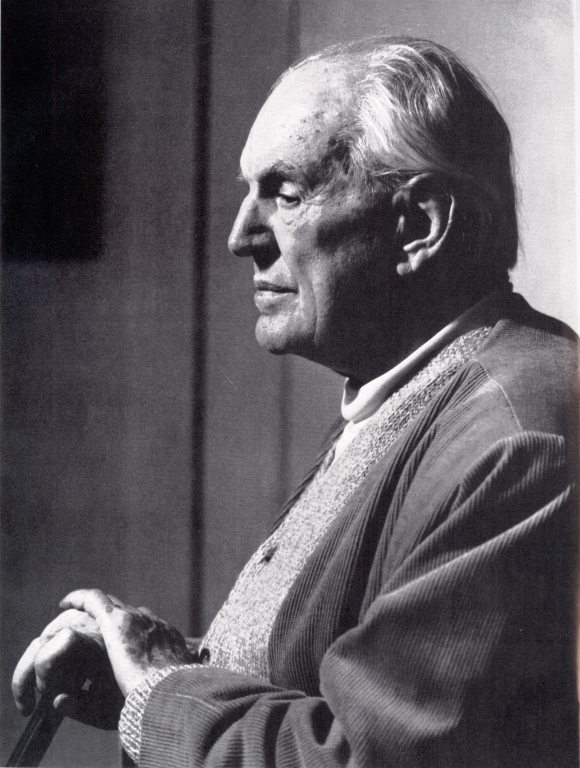
Ivo Hauptmann was a German painter. He was one of the founders of the artist groups Freie Secession (Berlin 1914) and Hamburgische Sezession (1919).


Ivo Hauptmann was a German painter. He was one of the founders of the artist groups Freie Secession (Berlin 1914) and Hamburgische Sezession (1919).

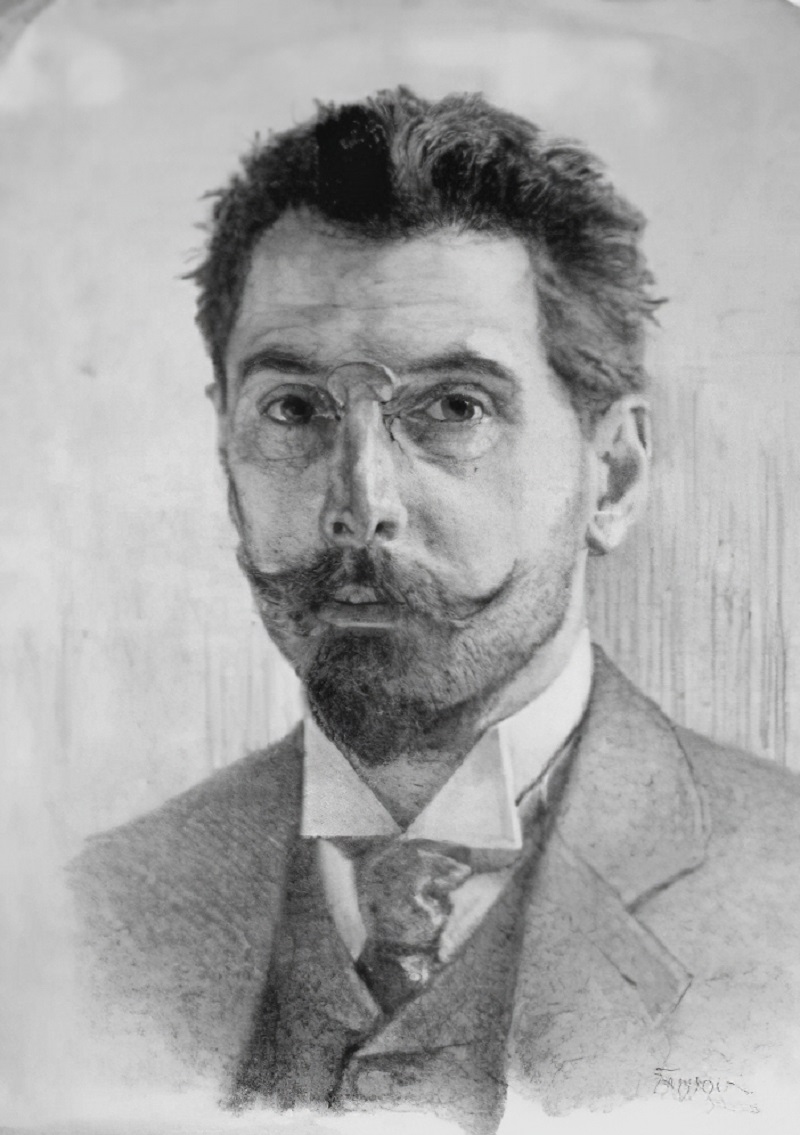
Otto Antoine was a German cityscape painter and commercial artist, in the Impressionistic style.





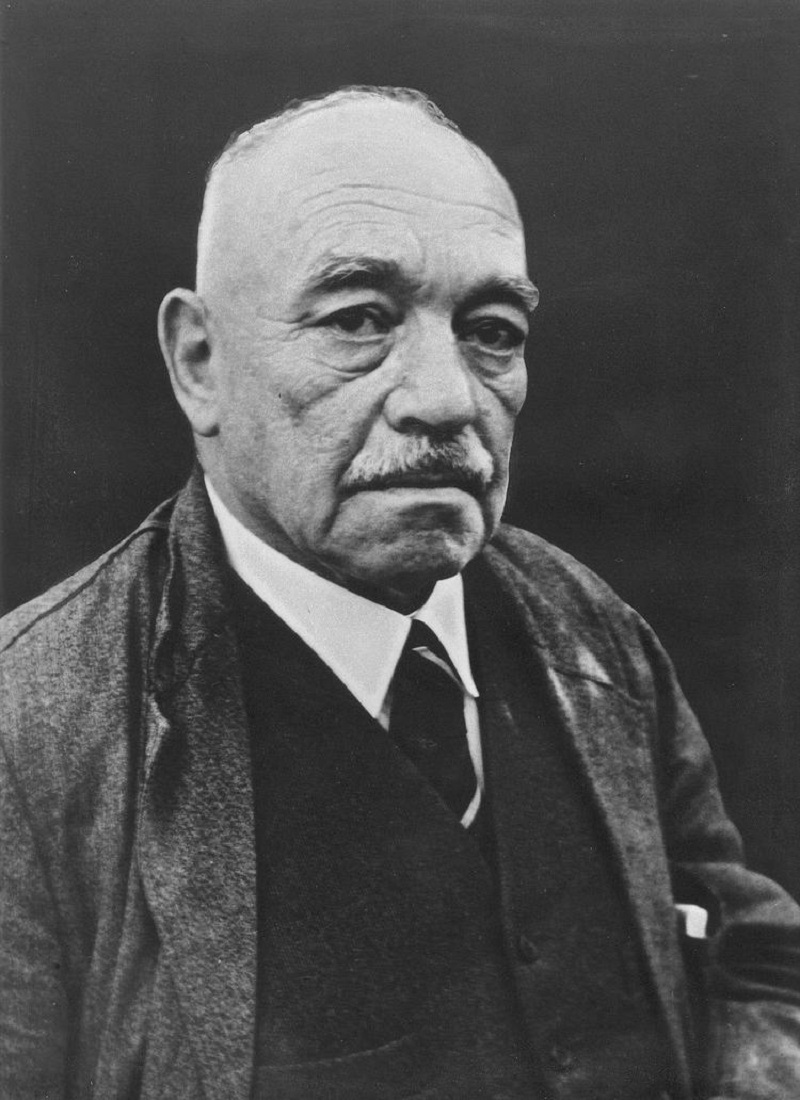
Heinrich Blunck, also Blunck-Heikendorf was a North German painter and lithographer.


Heinrich Blunck, also Blunck-Heikendorf was a North German painter and lithographer.


Heinrich Blunck, also Blunck-Heikendorf was a North German painter and lithographer.

